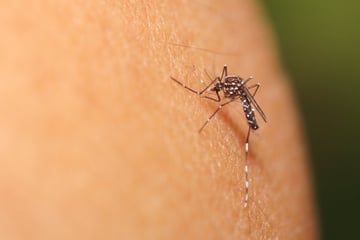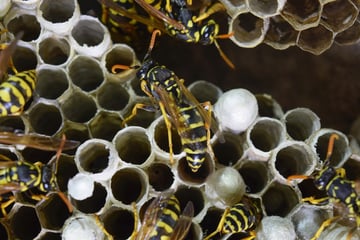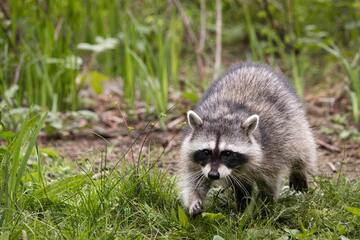Can you reuse potting soil? Let's get gardening!
If you replace your potting soil each season, expenses will quickly start to stack up. The question is whether you can reuse potting soil, and how to use it if so.
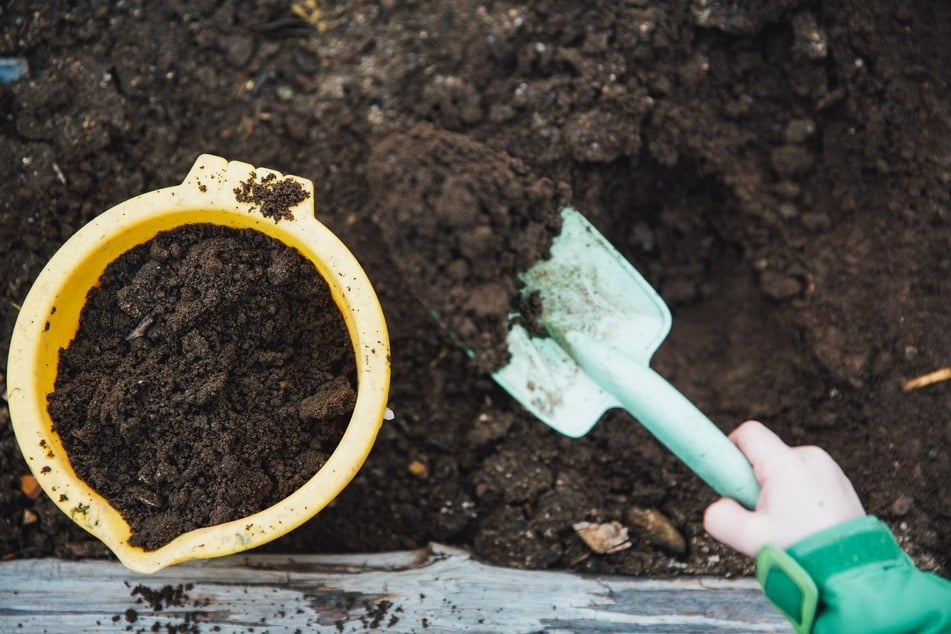
Potting soil can be a very delicate ecosystem. It isn't just about water and sunlight, but the delicate balance of nutrients provided by the soil. If made and cared for just right, your soil will feed your plants until they're full of healthy goodness.
Good potting soil should absorb any nutrients added to it as well as water, and release them into the plant when needed. It should be loose, airy, and smell rather pleasant. Old soil should be revitalized or replaced twice a year.
In this guide, TAG24 will take you through whether you can reuse potting soil, what you should think about, and how you can keep your garden green.
Can you reuse potting soil?
Reusing potting soil is not only possible, but a good idea. Now, it isn't without its risks (we will get to those in a minute), but it's an environmentally friendly, monetarily efficient, and fun choice to make.
Throwing soil into the garbage bin is a bit of a waste, if we're being honest. It's easy to fertilize, rejuvenate, and rehydrate, so why get rid of it? New soil is also expensive, messy, and incredibly difficult to transport – not to mention heavy!
There are a few things to be careful of, and a few things to keep in mind when rejuvenating this natural wonder. Once you've started reusing your potting soil, there's no going back!
Keep in mind: Whilst it's a fantastic idea to reuse potting soil and something to be encouraged, gardeners should never do this with plants that died of a potentially infectious disease.
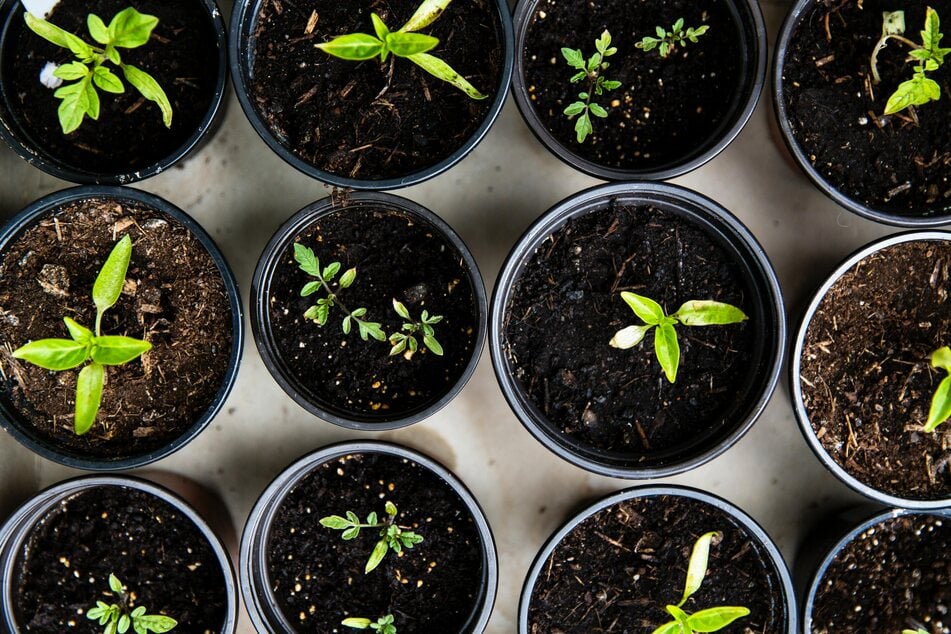
How to reuse potting soil
Reusing potting soil is a bit of a process. There's no cutting corners in gardening, so listen up folks: care and attention is required throughout this process, or your new plants run the risk of dying. There are two main phases when preparing potting soil for reuse, and we're here to break them down for you.
Preparing reused potting soil step 1: Loosen the old soil
The first step you should take after removing the old plants is to pour the old soil into a large container such as a large bucket or a plastic tub. This is where things get a bit messy!
Reach into the soil with your hands and begin to crush the large clumps of soil. While crushing and loosening these bits, make sure to remove as many old plant roots as possible, as well as other debris that you don't want in there.
Continue to mix the soil with your hands until the soil is fine, crumbly, fluffy, loose, and well aerated. Take your time – you want to get it as light and airy as you can.
Preparing reused potting soil step 2: Refresh the soil and enrich it with nutrients
This is possibly the most important step in the process, as it revitalizes the dry and dead soil by mixing the loosened and aerated soil with additional fertilizers to increase its nutrient content and improve its water retention.
Using your hands, mix in a few fertilizers. Here are a few great options:
- Grass clippings
- Manure from cows, horses, etc.
- Coffee grounds
- Decomposing tree leaves
- Kitchen scraps that have been left to compost
- Commercial fertilizers purchased from a garden store
However, it's not enough to just add a few fertilizers like the ones above, as you should supplement them with some new soil, too. Your best bet is to combine a good amount of mature compost with new soil.
Does anything else need to be considered when reusing potting soil?
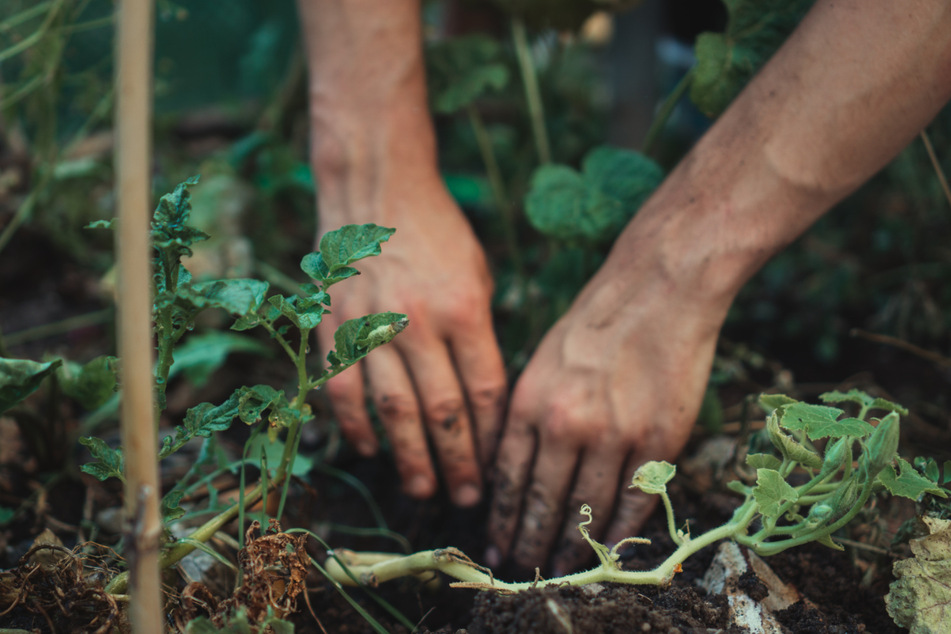
There are many things to consider when reusing potting soil, or even when you're buying new soil. Ecosystems are complicated beasts and need to be properly cared for to produce desirable results.
Here are a few things to think about:
- When buying new potting soil, always get the good stuff. This will give you more longevity with the soil as it will retain water better and contain tons of nutrients.
- Always compost your vegetables, as this enriches your soil with biological fertilizers and microorganisms when mixed.
- When using slow-release commercial fertilizers, always follow the instructions to guarantee a great result.
- Make sure to use the right kinds of plants. If the soil you are using needs to be revitalized regularly, use less demanding plants to get the most out of it.
When choosing plants, make sure to distinguish weak growers like sunflowers, medium growers like strawberries, and heavy growers like tomatoes. These all require a different density of nutrients. Start with heavy growers, then reduce as you reuse the soil.
Reusing soil isn't as hard or dangerous as many people think. You just need to know what you're doing, show your garden a bit of love, and have some patience!
What about reusing potting soil from a dead plant?
You can reuse potting soil from a dead plant if you treat it and re-fertilize it thoroughly. Keep in mind how your plant died, as you don't want to pass on any diseases to your new buddy. If it died from under-watering or over-exposure to sunlight, then it is OK to reuse the potting soil. But if it died from a disease, then it's best to ditch the soil.
Make sure to dig through that soil thoroughly and remove all roots, bugs, and plant waste. Mix it thoroughly using the process described below and fertilize it. If you do this right by using our method, then you should have a radiant garden in no time!
Is it a good idea to reuse soil which contains roots?
You should always remove any roots that are in the pot or soil before replanting. This can be a bit of a hassle, but it is absolutely crucial. If you leave any roots in there, weeds and other plants can suck up the nutrients in the reused soil, sprout, and kill off the new plant.
Can you use old potting soil? Conclusion
Old potting soil can be a cheaper, renewable, and environmentally friendly option. If you just chuck the old stuff out, it's going to end up in a landfill, which is far from ideal. With that being said, reusing old potting soil doesn't come without its challenges.
If you prepare, revitalize, and fertilize your old soil regularly, you'll be able to use it for many years to come. There's no need to get rid of potting soil, as you can always reuse it. You just need to know how!
Cover photo: Unsplash / Markus Spiske

